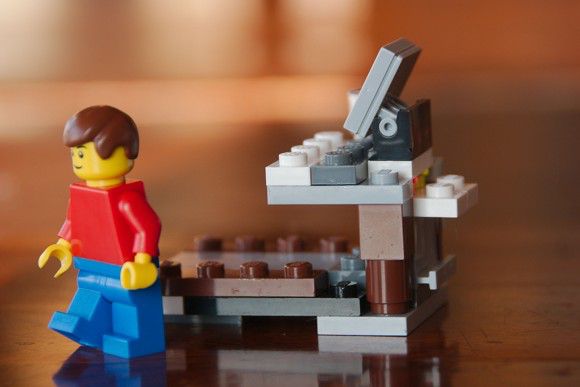Excessive sitting is bad for your health. Wow, that was profound. We all know this already. The question is, what do we do about it?
It is easy to fall into the trap of thinking that due to your circumstances, you don't have any choice but to sit. Maybe your job has you sedentary. Maybe you find it difficult to make time for regular exercise. Even if you do take the time for exercise, I have some bad news for you: If your day involves mostly sitting, that exercise may not be doing you as much good as you think.
My day job is computer programming. Computer programming involves a lot of sitting. These days I also do quite a bit of writing, which also involves a lot of sitting. Prior to becoming self-employed I would attempt to combat this inactivity by using human locomotion to get myself to/from the office. For longer distances I would ride my bike, and for shorter distances I would ride my feet (i.e. walk). Now that I work at home I don't have to travel much farther than from my bed to the desk - a distance shorter than the length of a minimalist shoe. If I wasn't careful, I could go entire days with virtually no physical movement. That scenario would not bode well for my long term health.
I workout regularly, it has been a part of my lifestyle for years. I typically do 45 minutes to an hour of resistance training three times a week, an hour of cardio training (running, cross-country skiing, etc.) three times a week, and spend an entire day in the outdoors hiking or skiing with my family on the weekend. For some of you, this may seem like a lot. As far as extra-curricular activities go, it probably is. However in the grand scheme of daily movement, it is just a drop in the bucket - especially if I were to compare it to how much activity my grandfather got as a farmer.
Over the years I had been getting this feeling - actually, more like a restlessness - that it just wasn't enough. A couple hours of physical activity (even if some were at a moderately intense level) a day just couldn't make up for 22 - 23 hours of being completely sedentary. A significant turning point for me happened about two years ago during a random web surfing session. I stumbled across an article that made me finally decide to do something about it. I take my health very seriously, I didn't want all of my diet and exercise efforts to be negated by the fact that my day job keeps my on my butt all day.
The problem - the problem most of us are faced with - is that there is a limit to how much activity we can fit outside of our regular life responsibilities. If we need more we have to get creative.
Movement is NEAT
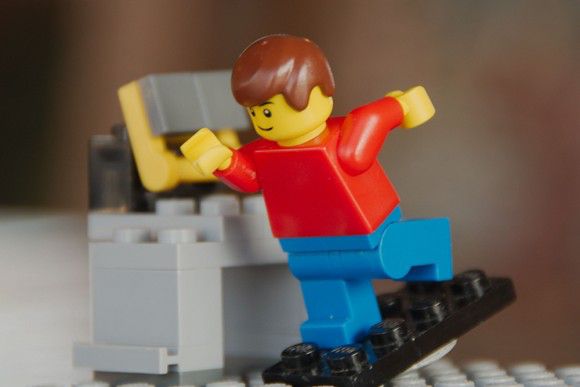
Non-Exercise Activity Thermogenesis. Otherwise known as NEAT, is a term coined by Dr. James Levine of the Mayo Clinic in Rochester, Minnesota. In a nutshell, Dr. Levine has discovered that our health not only depends on the rigorous physical exercise that we should all be regularly engaging in, but it also depends on the regular low-impact calorie-wasting activities we do on a daily basis. Things like bending over to tie our shoes, walking up the stairs, standing, brushing our teeth, you name it. All of those things have an effect on our health because our body was designed to MOVE.
In studies he conducted, he found that one of the biggest factors in determining a person's ability to metabolize calories was not so much genetic as it was how much movement they did on a daily basis. That is to say, if you think you have a slow metabolism while someone else you know seems to have a fast one, it is probably because they move more than you do.
Sitting at a desk twitching your fingers to tap some keys isn't enough. The stuff that involves large muscle groups is where it's at. Standing, walking, and general moving about can have a tremendous effect on our calorie burning, blood flow, joint mobility, insulin resistance, digestion, and general feeling of well-being.
Getting Creative
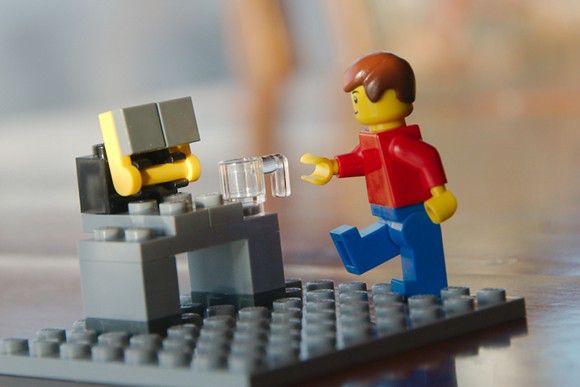
For me, the holy grail is to figure out how to be both physically active and on my computer at the same time.
My first attempt at solving this problem was to convert my workstation to a standing desk. To help prevent foot and leg fatigue (and spice things up a bit), I also decided to add some movement to the mix by purchasing a balance board. Throughout the day I would alternate between standing and balancing. On my feet, I would alternate between socks and minimalist footwear.
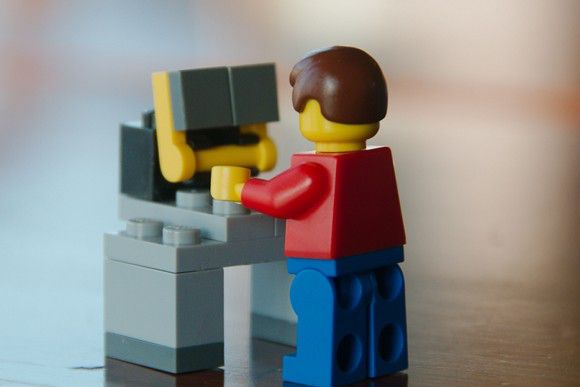
The standing desk/balance-board combo lasted for about two years. While I did like standing much more than sitting, There were a few issues with this setup:
- My feet and legs grew tired of standing, mostly in one place. I would often find myself frequently shifting my weight from foot to foot. Sometimes I would catch myself leaning heavily on the desk (a rather un-ergonomic position) in an effort to take weight off of my feet.
- After exercise (running, racquetball, etc.), my legs didn't enjoy standing. They wanted to move in order to limber up and recover.
- While the balance board offered some movement, once I got used to it, it didn't offer much more than standing in place and shifting my weight from foot to foot.
When we moved (and I began working from home) I started to find myself on the couch more often then at my standing desk. This, coupled with the fact that I no longer had a daily walk to work, was a sign that something needed to change.
Moving Onward
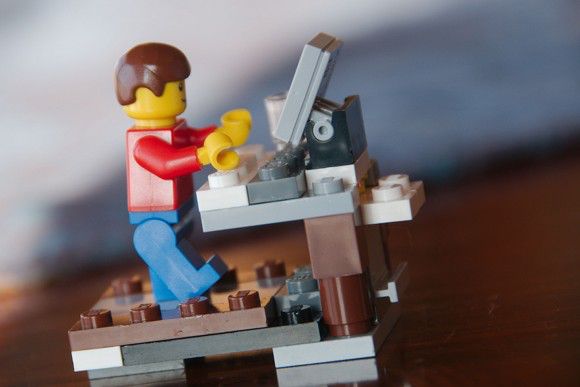
Earlier on when doing research on standing desks, I stumbled upon the idea of a treadmill desk. While a little "out-there" in my mind, the idea had a certain appeal. It was one of those things that I kept tucked away in the back of my mind as a "maybe one day" thing.
As the standing desk concept started to look like it needed an overhaul, the treadmill desk idea began to look a viable alternative. As I became more frustrated with my lack of activity, it was looking better by the day. Until one day I decided to take that final step... tell my wife I wanted one :-)
You'd have to know our circumstances a bit to understand why she wasn't immediately receptive to the idea. We had just spent a bunch of money on a move back to Canada. I didn't have a reliable income (coming to think of it, that still hasn't happened), and I wanted to spend chunk of money on a large piece of hardware that we would somehow have to shoehorn into our 750 sq. ft. cabin.
How much would it cost? How would it be built? Where would we put it? What if it didn't work?
For the answers to those questions and more, you'll have to check back next week for the rest of the story...
